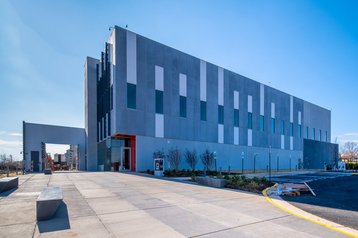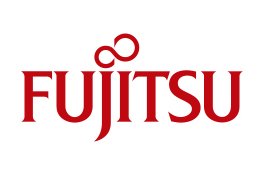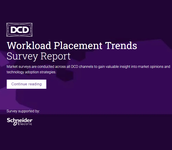Short seller Hindenburg Research has accused data center REIT Equinix of "major accounting manipulations."
In a massive document, the investigative reporting and researching company claims that Nadaq-listed Equinix overstated its adjusted funds from operations (AFFO), a key profitability metric for REITs, by at least 22 percent in 2023 alone.
After this research, Hindenburg has taken a short position in shares of Equinix.
The Hindenburg report claims that when Equinix became a REIT in 2015, it began using AFFO as a key metric to determine executive bonuses, and that same year reported a sudden 47 percent drop in maintenance CapEx, leading to a 19 percent increase for the AFFO.
Hindenburg claims that the company has been misclassifying "maintenance CapEx" as "growth CapEx," which in turn makes the company's maintenance costs look lower and Equinix seem more profitable.
The report states: "The company also reported a sudden spike in growth CapEx on its balance sheet, a dynamic that has continued for almost 10 years. This shift has fueled Equinix’s stellar non-GAAP reported AFFO metrics and enriched its top executives."
Hindenburg cites its sources as financial and litigation records, interviews with 37 former Equinix employees, and industry experts and competitors.
A former director told Hindenburg research, for example, that they would seek new serial numbers for refurbished equipment so as to recognize the old repaired item as new and book it as growth CapEx.
A former operations director claimed that routine battery replacements would be categorized as "replacing a battery system" for the same reasons. Another employee is quoted as saying: "Say you changed out fluorescents to LED light bulbs, that’s a capital improvement. You’re not replacing lightbulbs, you’re enhancing."
In terms of the numbers, this suggests that maintenance CapEx in Q1 2024 is less than it was 14 years ago in Q1 2010, despite having five times the number of data centers and 8.6 times more revenue. The company also reports having nearly a double operating margin of its closest competitor, Digital Reality.
In total, Hindenburg estimates that the alleged manipulation of CapEx has resulted in a $3 billion boost to AFFO since 2015, and a $295.8m in stock award grants to top executives.
Hindenburg further alleges that Equinix has been overselling power capacity, hoping that customers won't use all the power they've contracted for.
Equinix reports a 79 percent utilization across its data centers, which is based on cabinet space. In its Q4 2023 conference call, Hindenburg quotes Equinix's CFO saying power “doesn’t feel like the right metric to be sharing given the nature of our business model.” A former executive told Hindenburg that the data centers could be oversold by up to 175 percent.
Hindenburg also cites cloud migration as posing a threat to Equinix's business, with the four largest financial exchanges - Nasdaq, CME Group, Deutsche Boerse, and the London Stock Exchange, all leaving Equinix facilities for the cloud. Equinix offers a cloud solution called xScale, though according to Hindenburg's research, this contributes less than 1 percent of Equinix revenue.
Equinix currently has a market capitalization of $80 billion and operates 260 facilities globally. 70.4 percent of its revenue comes from collocation and 17 percent from interconnection services. Thus far, the company's stock value has not been dramatically effected.
Equinix told DCD in an email:
“We are aware of the report and in the process of reviewing claims made therein. We take these matters seriously, and we will not respond further to the claims during our review. We will report back once that review is complete, as appropriate.
"We remain confident that our distinctive advantages create significant long-term opportunity for Equinix and continue to see Equinix as highly relevant to customers as they pursue their digital transformation agendas and deploy distributed, hybrid, and multi-cloud infrastructure as the preferred architecture of choice.”







